The Business Impact of 5G Technology
Is Your Business Ready for the Hyper-Connected Future? The Power of 5G Technology
Imagine a world where data transfer is virtually instantaneous, unlocking possibilities we only dreamed of a decade ago.
This isn’t science fiction; it’s the rapidly evolving reality powered by 5G Technology.
But amidst the hype, many businesses are grappling with questions: Is their infrastructure prepared? What are the real-world implications? And how can they truly harness the transformative potential of this groundbreaking advancement in Mobile Networks? This comprehensive guide dives deep into the world of 5G, exploring its key concepts, market dynamics, practical applications, and crucial considerations for businesses and tech enthusiasts alike.
Key Concepts & Trends
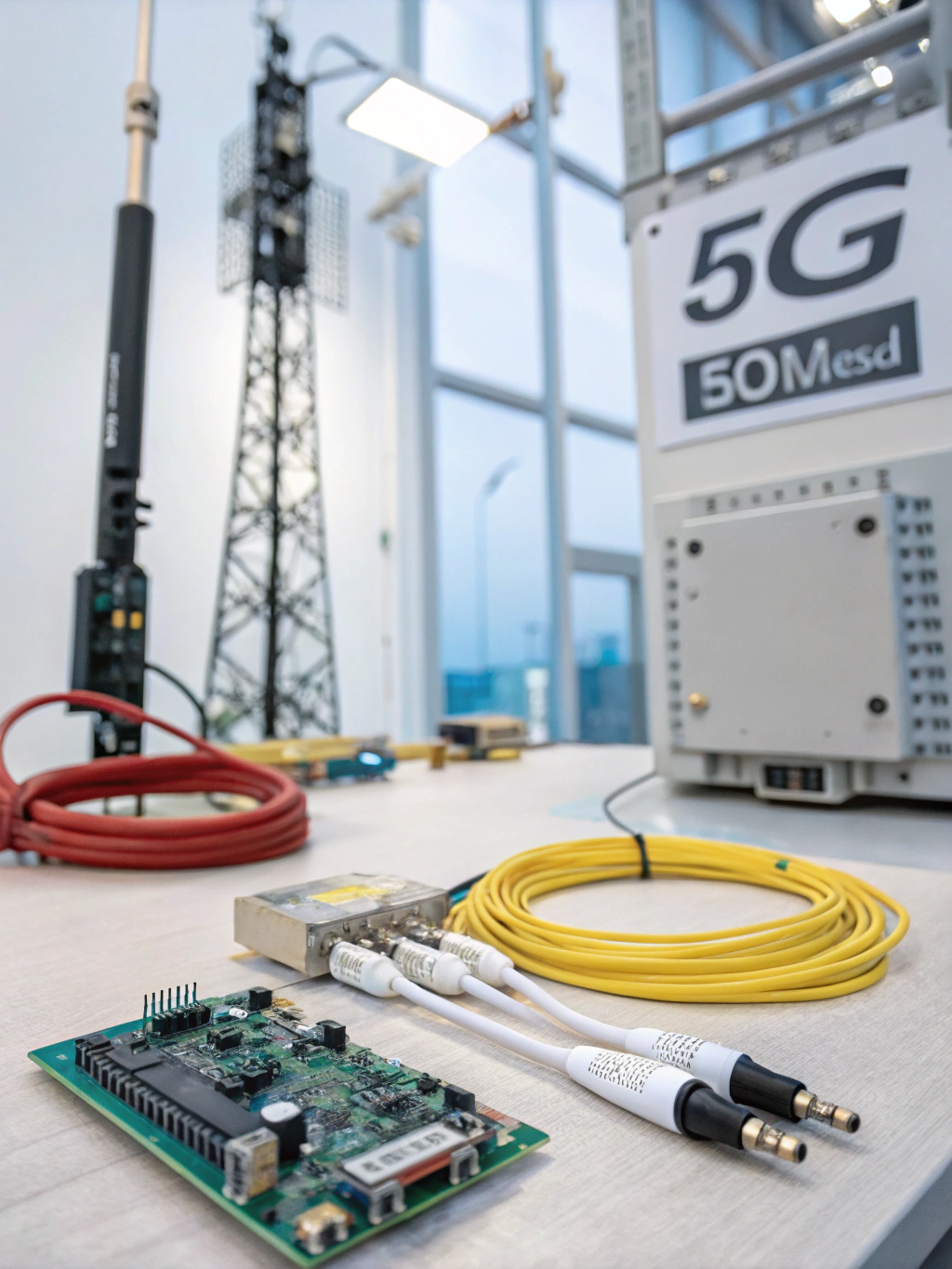
5G Technology isn’t just a faster version of 4G; it’s a fundamental shift in how we connect and communicate. Several core concepts underpin its capabilities:
- Ultra-Low Latency: This is arguably 5G’s most significant leap. Latency, the delay in data transmission, is reduced from milliseconds to virtually zero. This opens doors for applications like remote surgery, autonomous vehicles, and real-time gaming, where even tiny delays are unacceptable.
- Massive Capacity: 5G networks can handle exponentially more connected devices than 4G. This is vital for the growth of the Internet of Things (IoT), where billions of sensors and devices are constantly exchanging data.
- Network Slicing: This allows operators to create virtual networks tailored to specific needs. For example, a network slice can be optimized for high bandwidth for video streaming or for ultra-low latency for critical industrial control systems.
- Millimeter Wave (mmWave): Utilizing higher frequency bands, mmWave delivers incredibly fast speeds, although its range is limited, requiring a denser network of cell towers.
Real-World Example: Think about a smart factory. With 5G, sensors can continuously monitor equipment performance, predict maintenance needs (preventative maintenance), and allow for real-time adjustments – all with minimal delay. This boosts efficiency and reduces downtime. Another application is enhancing Augmented Reality (AR) applications; with low latency and high bandwidth, AR experiences feel more immersive and responsive.
Analogy: Visualize a highway system. 4G is a two-lane road with moderate traffic. 5G is a multi-lane highway with dedicated express lanes, allowing for seamless and rapid flow of data.
Data & Market Insights
The 5G Technology market is experiencing explosive growth. According to a report by Statista, the global 5G market is projected to reach $386 billion by 2030, with a CAGR of 25% from 2023. (Source: [Insert Statista Link Here – Replace with a Real Statista Link]).
Visual Aid: [Insert an Infographic here showing 5G market size projections, growth rates, and key market drivers. If embedding isn’t possible, describe it: e.g., A bar graph illustrating the market size from 2023 to 2030, and a pie chart outlining key application areas contributing to market growth.]
Case Study: Verizon’s deployment of 5G Ultra Wideband in select cities has shown significant gains in network speed and reliability, leading to increased customer satisfaction and new business opportunities in areas like healthcare (remote patient monitoring) and entertainment (high-definition video streaming). Nokia, Ericsson, and Samsung are key players driving 5G infrastructure development globally.
Market Trend: Enterprise 5G is gaining momentum. Businesses are increasingly recognizing the value of dedicated 5G networks for their specific operational needs. Qualcomm’s 5G solutions are a key enabler in this trend.
Smarter Strategies & Alternatives
Implementing 5G effectively requires a strategic approach. Here’s what to consider:
- Assess Your Needs: Don’t just adopt 5G because it’s the latest technology. Determine which applications would benefit most from its capabilities.
- Cloud-Native Architecture: Leverage cloud platforms to ensure scalability and flexibility.
- Edge Computing: Position data processing closer to the source of data generation to minimize latency.
- Network Virtualization: Employ Network Function Virtualization (NFV) to create dynamic and agile networks.
Alternative: For businesses hesitant to fully commit to a 5G rollout, explore hybrid solutions – combining existing network infrastructure with 5G-enabled devices and applications where latency is crucial.
Use Cases & Applications
The potential use cases for 5G Technology are vast and rapidly expanding:
- Healthcare: Remote surgery, telehealth, real-time patient monitoring.
- Manufacturing: Smart factories, predictive maintenance, robotics.
- Transportation: Autonomous vehicles, connected logistics, traffic management.
- Retail: Enhanced customer experience, inventory management, smart shelves.
- Entertainment: Immersive gaming, virtual reality, augmented reality.
- Agriculture: Precision farming, drone-based monitoring, automated irrigation.
Common Mistakes to Avoid
- Ignoring Security: 5G networks introduce new security vulnerabilities. Implement robust security protocols to protect data and infrastructure.
- Underestimating Infrastructure Requirements: 5G requires significant investment in new infrastructure.
- Lack of Skills: A shortage of skilled 5G engineers and technicians can hinder deployment and maintenance.
- Not Planning for Integration: 5G needs to be integrated with existing systems; otherwise, the benefits will be limited.
Maintenance, Security & Long-Term Planning
- Cybersecurity: Employ regular security audits, intrusion detection systems, and encryption protocols.
- Scalability: Design your 5G architecture to handle future growth.
- Updates: Stay abreast of the latest 5G standards and software updates to ensure optimal performance and security.
- Compliance: Ensure compliance with relevant regulations and data privacy laws.
Summary & Key Takeaways
5G Technology is more than just a speed upgrade; it’s a revolutionary force transforming industries and enabling entirely new possibilities. While the initial investment can seem daunting, the long-term benefits – improved efficiency, enhanced customer experiences, and new revenue streams – are substantial. Businesses that proactively embrace 5G will be well-positioned for success in the hyper-connected future.
Call to Action: What are your biggest questions about 5G? Share your thoughts and experiences in the comments below! Don’t forget to explore related resources and tools to deepen your understanding of network technology and its potential.
FAQs
- Is it too late to invest in 5G? Absolutely not! While the initial deployment phase is largely underway, the long-term growth potential of 5G is immense.
- How can small businesses use AI with 5G? 5G can enable real-time data processing and analytics, powering AI-driven applications for marketing, customer service, and operational efficiency.
- What tech stacks scale best for 5G? Cloud-native architectures, containerization (like Docker and Kubernetes), and serverless computing are ideal for scaling applications in a 5G environment.
Share this content:

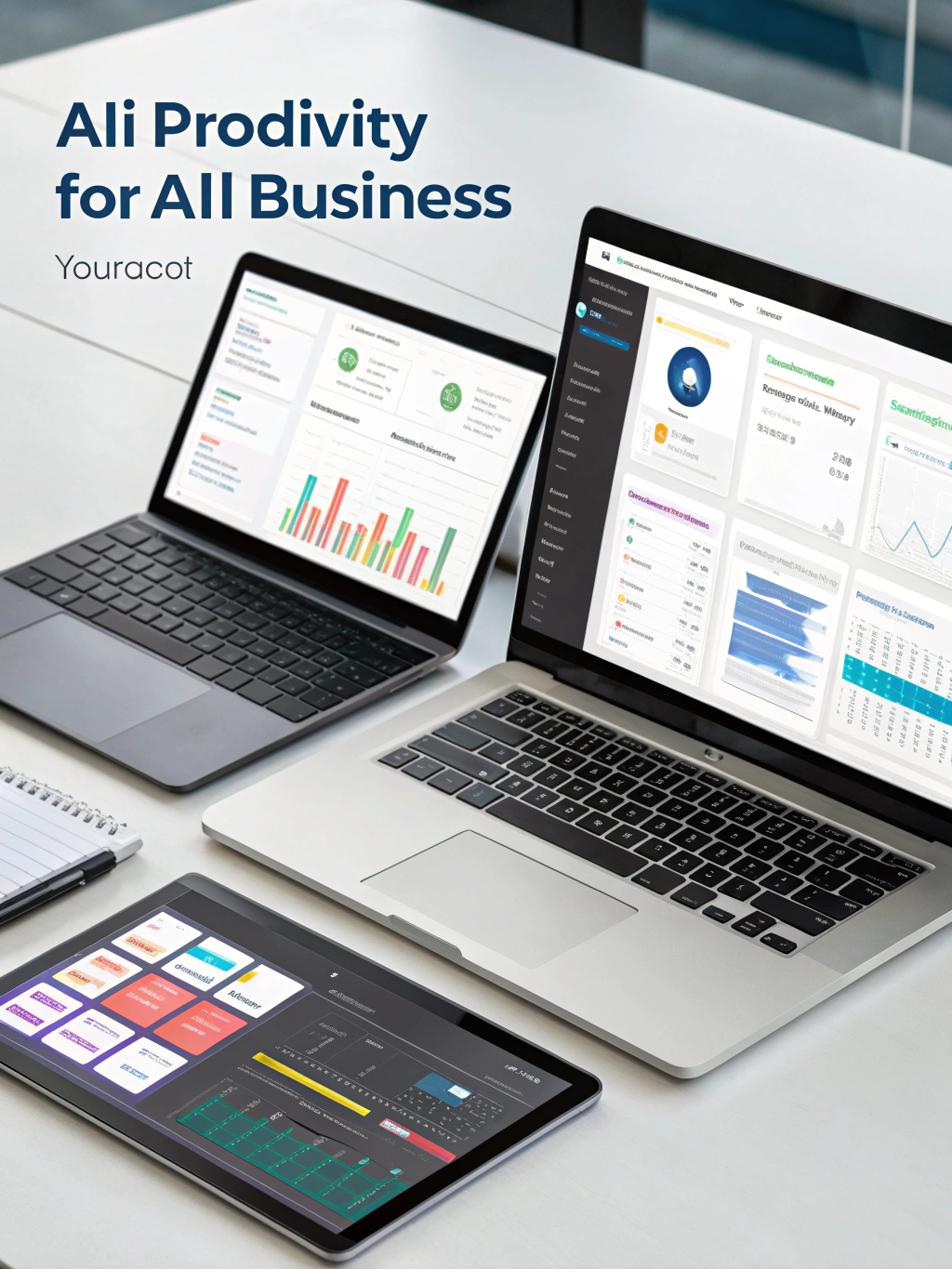
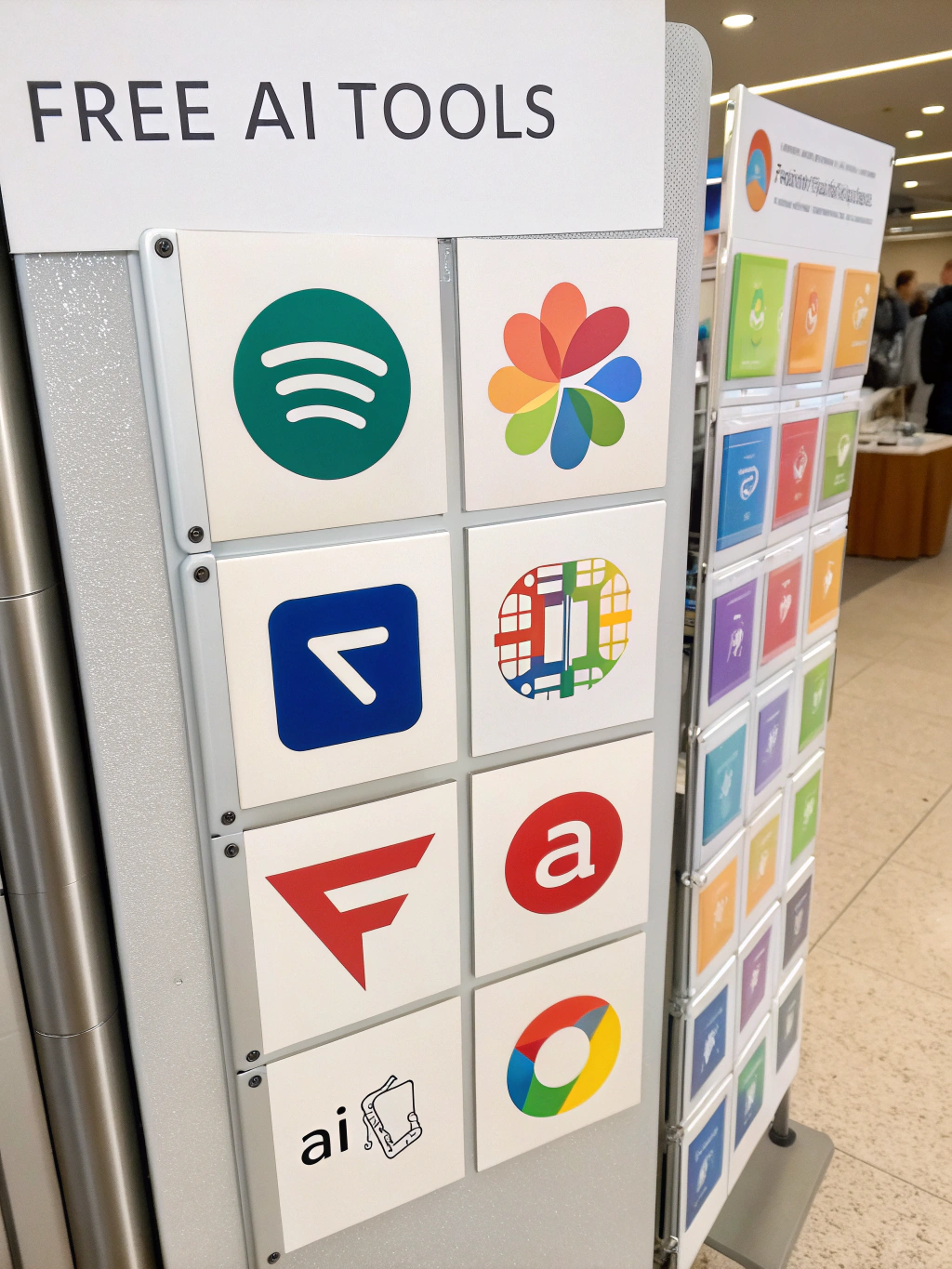


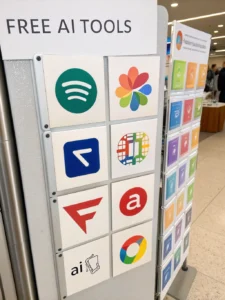



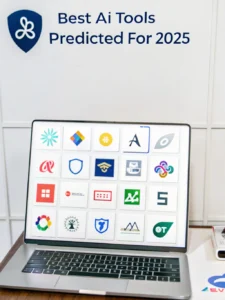
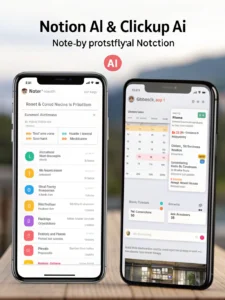



Post Comment